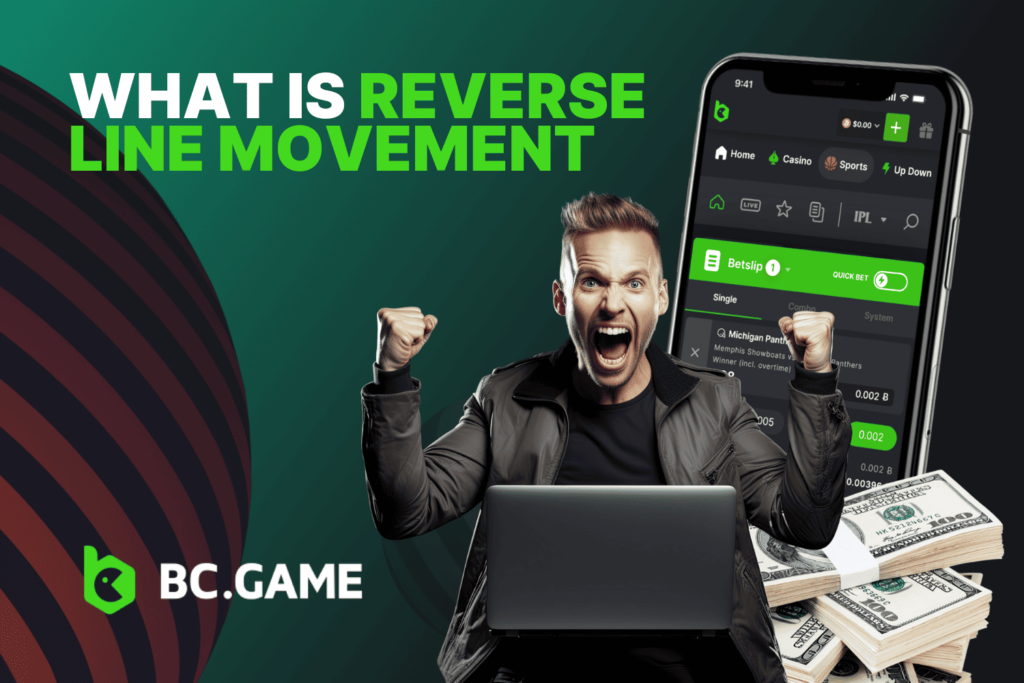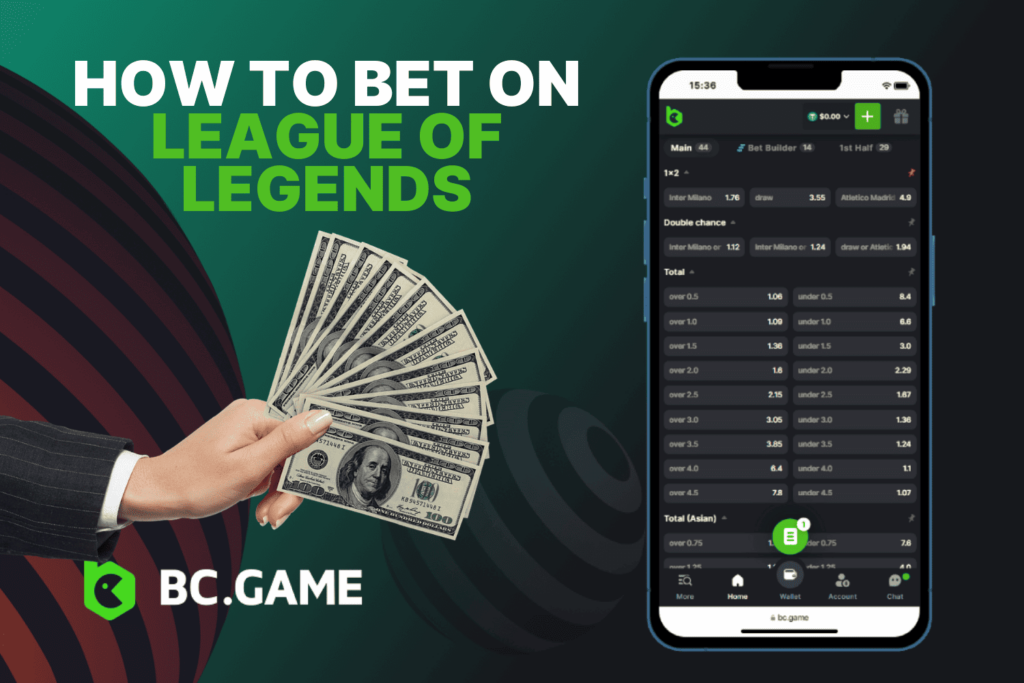
In the activity of sports betting, you are very often going to come upon terms like “vig,” “vigorish,” or “juice.” Since all these three are going to be referring to the same thing, let me define it hereby: the vig stands short for vigorish, and in summary, it is the house edge in sports betting. The whole meaning of vig is set around how sportsbooks make money.
Much like all casinos have their built-in advantage-the so-called “house edge”-each and every sportsbook charges a vig on every bet to make sure they come out on top. This slight advantage can be factored into the odds you see when placing a bet, even though this is rarely obvious. Knowing what is vig in betting means you’re an informed bettor, knowing how sportsbooks work in the background to make all ends meet.
How The Vig Works
What is vig? In sports betting, vig refers to the cost of betting. Think of it more like a bookmaker’s commission. For example, a bet in an NFL game between two fairly evenly matched teams might be listed at -110 for both teams. What that means is that you’d have to wager $110 to win $100. The extra $10 is the vig, which the sportsbook collects as part of their profit.
A very clear example of how the vig works came during the men’s 2024 NCAA Tournament. Moneyline favorites went 36-12 over the first two rounds of March Madness, including 15-1 in the Round of 32. The favorites did win for the most part, but the vig was there to keep sportsbooks profitable no matter how much money was placed on those favorites.
Without the vig, sportsbooks would not make any money as they have to balance the action properly between the two sides that the bettors are betting on during a particular game. In this way, in whatever case, they may make a profit even if the outcome of the bet is close.
How The Vig is Calculated
Calculating the vig helps you understand how much extra you’re paying on your bets. To calculate it, you can use this simple formula:
| 📝 Formula |
|---|
| Vig=(Favorite Odds/Favorite Odds+100×100)+(100/Underdog Odds+100×100)−100 |
Let’s break it down with a real example using hypothetical NFL odds:
- Chicago Bears: +155
- Seattle Seahawks: -180
| ➡️ Plugging these into the formula |
|---|
| Vig=(180+100180×100)+(155+100100×100)−100 |
Breaking it down:
- First part: 180/280×100=64.29
- Second part: 100/255×100=39.22
| ⬇️ Now, subtract 100: |
|---|
| 64.29+39.22−100=3.51% |
This means the vig on this particular bet is 3.51%. Essentially, this is how much the sportsbook is making off this particular market, regardless of who wins the game.
Why Do Bookmakers Charge The Vig?
Bookmakers charge the vig to ensure that they end up in the plus. It would be highly financially unsafe for a sportsbook to offer up betting markets in which the outcome cannot be predicted with any certainty. By charging a vig, the sportsbook can ensure that their books are balanced enough to keep the operation running even as the betting action weighs heavily to one side.
If one sportbook was continually offering lower vig than its competitor, it could run them out of business. However, since all sportsbooks have the same similar house edge, they compete against each other by offering superior odds or appealing bonuses, instead of drastically shaving the vig down.
How To Beat The Vig
You can’t eliminate the vig outright, but you do have a few ways of softening its blow. These include:
- Odds Boosts: Some sportsbooks will run a promotion called odds boosts, where they give you better odds on an event. This temporarily knocks out the vig should your wager be a winner, allowing you to maximize your profits.
- No-Juice Promotions: Some sportsbooks even offer no-juice odds on selected games. You will not have to pay the vig on that particular bet. Although such offers are pretty rare, that is a great chance to place bets without any overprice.
- Bonuses: Most sportsbooks offer some type of sign-up bonus or free bets. These will aid in softening the vig; employ this money wisely, as it will help build up your bankroll and not tie up completely, paying full vig on each bet placed.
Ultimately, beating the vig isn’t easy; it is a proven method through which sportsbooks make their money. You will also be in a better position to reduce its impact and probably find more favorable betting opportunities by keeping an eye on special offers and promotions.
FAQ
No, the vig meaning is not the same for all bets. The vig is going to change with the odds and the sportsbook that you decide to use. In general, more popular events, major sports leagues, tend towards a normalized vig, usually around -110 on point spreads or totals. The actual vig will be higher or lower based on market conditions, popularity of the event, and betting action.
In most cases, the vig can’t be avoided because it’s how sportsbooks realize a profit. Of course, that was subject to change with no-juice odds and odds boosts, as previously discussed offering the chance to bet on select options without having to pay the vig. Those usually don’t last too long, so you have to jump on them when you see them.













